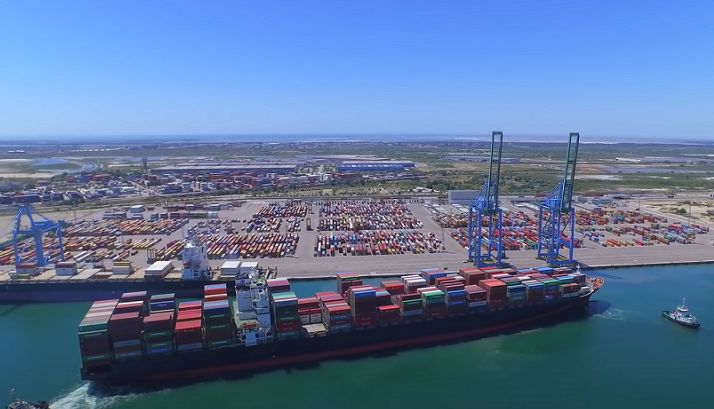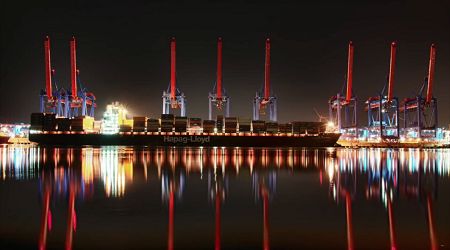How does a container port work?
Container, also known as "container", is a large cargo container with a certain strength, stiffness, and specifications specifically designed for turnover. The biggest success of containers lies in the standardization of their products and the establishment of a complete transportation system.
Multimodal transportation is a form of intermodal transportation organization that primarily uses containers as transportation units, organically combining different transportation methods to achieve the optimal overall transportation efficiency of goods.

Container Port Freight Flow
1. Classify the goods, pack them on board, and leave the port;
2. Upon arrival, use a crane to unload the container from the ship;
3. The container is transported by the dock tractor to the storage yard for temporary stacking;
4. Use equipment such as stackers and gantry cranes to load containers onto trains or trucks.

The relevant person in charge of the Ministry of Transport has previously stated that China has established a world-class port group, with the port scale firmly ranking first in the world. Shipping competitiveness, technological innovation level, and international influence have all ranked among the top in the world.
Many people do not understand that ports and docks provide transportation, loading and unloading services for customers such as cargo owners and shipping companies, and the operational process is extremely complex. Taking container terminals as an example, the import and export workload of the terminal is large, there are many large professional equipment, high operational efficiency
requirements, and complex business scenarios and processes. The operation site of container terminals is divided into berths and storage yards. Vertical operation equipment includes bridge cranes and gantry cranes, horizontal operation equipment includes internal and external trucks, as well as other operation equipment. The organizational process of dock operations includes loading, unloading, picking up, and moving containers. This means that the terminal requires a large amount of scheduling and control work to achieve cross scenario, process, and cross operation equipment collaboration and connection.
In recent years, in order to improve the overall operation efficiency of the port and optimize the allocation of resources, the port has continued to introduce a new generation of information and digital technologies such as cloud computing, Big data, the Internet of Things, mobile Internet, and intelligent control. By deeply integrating new technologies with the core business of ports, we aim to explore new formats for modern ports to operate and serve integrated supply chain logistics.
Post time: Jun-28-2023










